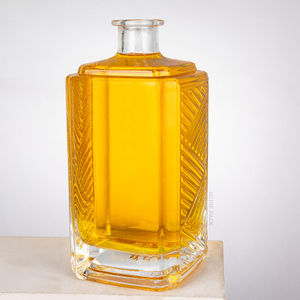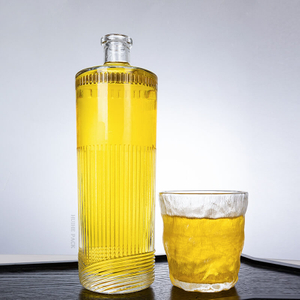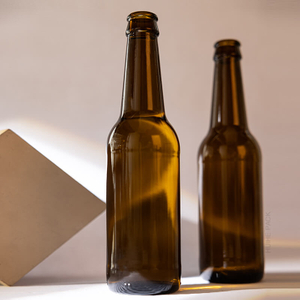Customized | Quality Control | Case | Blogs | Download | FAQ
Views: 0 Author: Site Editor Publish Time: 2025-09-25 Origin: Site
Ever wondered how to tell the age of a glass bottle? Whether it's an antique whiskey bottle, a vintage gin flask, or a cherished family heirloom, knowing the age of a glass bottle can be a fascinating journey into the past. For collectors, historians, and those simply curious about their vintage finds, the age of a glass bottle can offer insights into its history, value, and craftsmanship. Understanding the age of a glass bottle can also give you a sense of its unique story, how it was manufactured, and the role it has played in its particular industry.
In this article, we'll guide you through identifying key indicators that can help reveal the age of any glass bottle, from design and markings to the condition of the glass. Whether you're trying to date an old 750ml liquor bottle or a unique 750ml whiskey bottle, this guide will help you uncover the secrets hidden in the bottle's design.
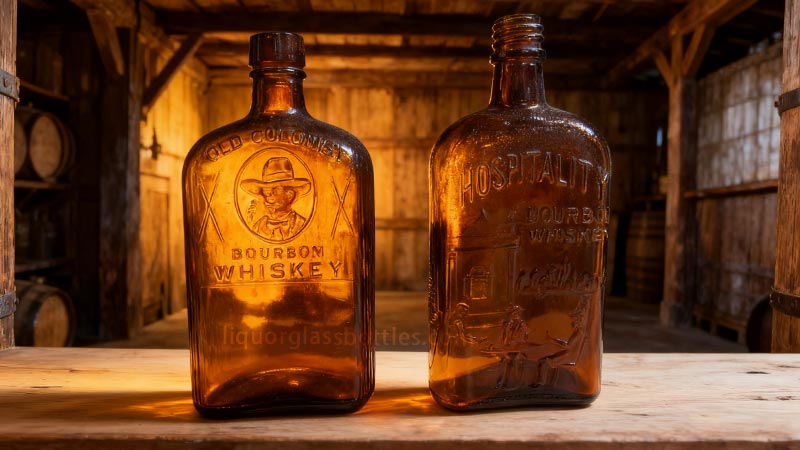
The design of a glass bottle is one of the first things to examine when determining its age. Over the years, glass manufacturing processes have evolved, and bottle designs have adapted to new techniques, materials, and market demands. The size, shape, and even decoration of a bottle can offer important clues about its time of production.
For example, older glass bottles, like 750ml vodka bottles, often have bulkier, rounder shapes. These bottles were hand-blown or crafted using older methods that resulted in irregular shapes and sizes. In contrast, more modern 750ml gin bottles have become more streamlined, uniform, and precise in design due to improvements in machine production.
Additionally, the purpose of the bottle and the type of beverage it contained often influenced its design. Bottles designed for spirits like whiskey or rum often had heavier, more ornate designs in the past, while newer bottles tend to be more minimalist in design to appeal to modern tastes.
Another significant factor that can help date a glass bottle is its color. Glass bottles, particularly those used for spirits, were often made in darker shades such as amber, green, or blue. These colors were traditionally used to protect the contents from sunlight, which can degrade the quality of alcohol or other beverages over time.
● Amber, Green, and Blue Glass: Bottles in these colors were more common before the 20th century. If you find a 750ml liquor bottle or 750ml flask bottle in one of these colors, it's likely to be from an earlier time period.
● Clear Glass: Starting in the mid-20th century, clear glass became more popular, particularly with the rise of mass production and machine manufacturing. If you come across a 750ml whiskey bottle or 750ml vodka bottle that is clear, it is most likely a more recent bottle.
The color of the glass can serve as one of the easiest indicators of a bottle's age, helping you quickly estimate whether it's a vintage find or a more modern product.
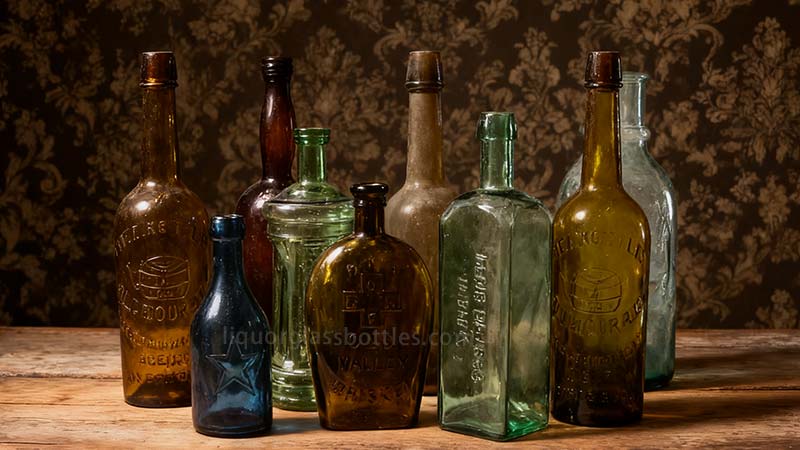
One of the most reliable ways to determine the age of a glass bottle is by examining its markings. Many older bottles, such as 750ml spirit bottles, often carry embossed logos, numbers, or other symbols that can help identify when and where the bottle was made. These markings were used by glass manufacturers to identify their products and sometimes even include the year the bottle was produced.
● Embossed Text: If your bottle features raised or engraved text, it's likely older than a bottle with a modern printed label. Embossed logos or brand names on 750ml whiskey bottles were common in the 19th and early 20th centuries.
● Mold Numbers: Look for mold numbers or other factory stamps that may appear at the bottom or sides of a bottle. These numbers often indicate the production period and can be used to pinpoint the approximate age of the bottle.
These markings are especially useful for collectors and appraisers, as they help verify the authenticity of the bottle and narrow down the manufacturing time frame.
In addition to molded markings, many glass bottles feature logos or trademarks. These can serve as valuable clues for dating the bottle, as different manufacturers and distilleries used specific logos throughout the years.
● Manufacturer's Marks: A 750ml vodka bottle or 750ml gin bottle may feature the manufacturer's name or logo, helping to trace the bottle back to a particular company and time period.
● Brand Logos: Some of the most well-known distilleries have used consistent branding on their bottles, which can also help in dating a bottle. For example, certain 750ml liquor bottles may feature a logo or design associated with a famous distillery that was only used during a particular period.
By paying attention to the markings and logos on your glass bottle, you can unlock a wealth of information about when and where it was made.
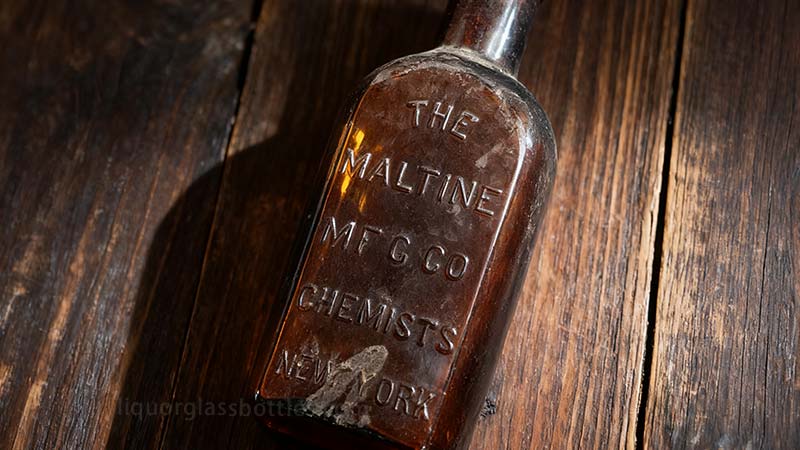
The type of closure on a 750ml glass bottle is another key factor in determining its age. Older glass bottles often had cork stoppers, while more recent bottles tend to use screw caps or synthetic corks. The material and style of the closure can provide insight into when the bottle was produced.
● Cork Closures: If you have a 750ml flask bottle or 750ml liquor bottle with a cork stopper, it's likely from the mid-1900s or earlier. Corks were commonly used until the late 20th century when more efficient and cost-effective sealing methods were introduced.
● Screw Caps and Synthetic Closures: These closures began to appear in the latter half of the 20th century, especially after the 1970s. If your 750ml whiskey bottle or 750ml vodka bottle has a screw cap or synthetic cork, it is likely to be a modern bottle.
The evolution of closures is a clear marker of time, and understanding this change can help you identify the age of a bottle with ease.
In addition to corks and screw caps, older bottles may have unique sealing mechanisms such as wax seals or paper wraps. These were more commonly used before machine production became widespread.
● Wax Seals: Vintage bottles of 750ml gin bottles or 750ml spirit bottles may show evidence of wax seals, which were used to secure the contents and prevent tampering. This was especially common in the 1800s and early 1900s.
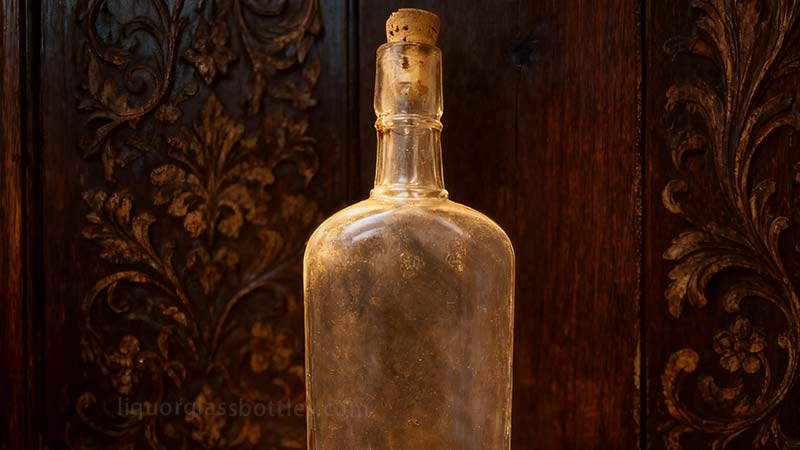
In the early days of glass bottle manufacturing, most bottles were hand-blown. This technique, which was commonly used until the 19th century, left visible imperfections in the glass such as air bubbles, uneven surfaces, and seams.
● Hand-Blown Characteristics: Older bottles, like 750ml liquor bottles, often feature air bubbles or visible seams along the sides. If you find these imperfections, it's likely that your bottle was hand-blown, which dates it back to the early 1900s or earlier.
With the rise of machine-made glass bottles in the mid-20th century, bottles became more uniform and free of imperfections. If you find a 750ml flask bottle or 750ml whiskey bottle that is completely smooth and uniform, it is likely machine-made and thus newer.
The style of labeling used on a glass bottle can also give clues to its age. Early bottles often featured printed or hand-applied labels, whereas modern bottles typically have machine-applied adhesive labels.
● Printed Labels: Older 750ml spirit bottles or 750ml whiskey bottles might feature printed labels or even hand-painted text. This was common in the 1800s and early 1900s.
● Regulatory Labels and Barcodes: After the 1970s, most bottles, including 750ml tequila bottles, began to feature regulatory labels and barcodes. These modern labeling methods are clear indicators that the bottle was produced after the 1960s.
Feature | Older Bottles (Pre-1900) | Newer Bottles (Post-1900) |
Shape and Size | Bulkier, rounder | More streamlined, uniform |
Glass Color | Amber, green, or blue | Clear or modern colored glass |
Embossed Markings | Raised or engraved markings | Fewer markings, printed labels |
Closure Type | Cork stopper | Screw caps or synthetic corks |
Manufacturing Process | Hand-blown, imperfections | Machine-made, smooth surface |
Labeling Method | Hand-painted or printed labels | Machine-applied adhesive labels |
Condition | Worn labels, cracks | Pristine or minimal wear |
The condition of a glass bottle is another important factor in dating it. Over time, bottles can develop wear and tear, which can be indicative of age. Scratches, faded labels, and discoloration are all common signs of a vintage bottle.
● Signs of Wear and Tear: A 750ml vodka bottle or 750ml liquor bottle from the 20th century may show signs of fading on its label or minor surface scratches. These imperfections are normal for bottles that have been around for several decades.
As glass bottles age, they may develop cracks or chips. These imperfections were more common in older bottles, especially before the advent of modern glass-making techniques.
● Cracked Glass: If you find a 750ml flask bottle or 750ml whiskey bottle with chips or cracks, it likely dates back to an earlier period when glass-making processes were not as refined.
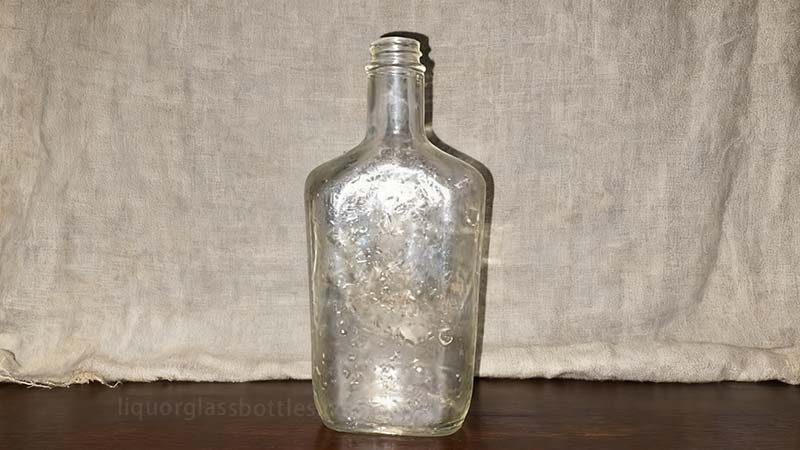
If you're uncertain about the age of your 750ml glass bottle, professional appraisers and collectors can be invaluable resources. These experts use a combination of experience and specialized tools to help identify the age and authenticity of bottles.
● Expert Insights: Appraisers can examine your bottle's design, markings, and materials to provide a more accurate estimate of its age. They can also help verify whether your bottle is a true vintage find or a reproduction.
There are several online resources and communities dedicated to glass bottle collectors. Joining these groups can help you connect with other enthusiasts and get expert opinions on your bottles.
● Collector Communities: Many bottle collectors share valuable tips and resources for identifying and dating glass bottles, including specialized online databases and forums.
Determining the age of a glass bottle requires examining several key factors, including design, color, markings, closures, and condition. By understanding these clues, you can identify whether your bottle is a vintage find or a more recent product.
For businesses and collectors looking for premium glass bottles, Xuzhou Huihe International offers a variety of options. Their Beverage Glass Bottles are high-quality, customizable, and perfect for both personal collections and business use. Their products are designed to stand out and deliver lasting value.
Determining the age of a glass bottle can be a rewarding experience. By examining key features like design, color, markings, and closures, you can uncover the history of any bottle. Whether you're looking at a vintage 750ml liquor bottle or an antique 750ml whiskey bottle, these clues help date the bottle accurately.
Tip: When dating a glass bottle, pay close attention to the closure type—cork stoppers generally indicate older bottles, while screw caps or synthetic corks point to more modern production.
For those interested in premium glass bottles, Xuzhou Huihe internationaloffers a range of high-quality products. Their Beverage Glass Bottle provides excellent value and durability, perfect for distilleries and collectors alike.
A: To determine the age of a glass bottle, look for features like the shape, glass color, closure type, and markings. Older bottles, like a 750ml whiskey bottle, tend to have bulkier designs and cork closures, while newer bottles often feature sleek designs and screw caps.
A: The key indicators for dating a 750ml liquor bottle include its closure type (cork versus screw cap), the presence of embossed markings, and its glass color. A 750ml vodka bottle with a cork stopper is likely older than a modern screw cap version.
A: Glass color is a great indicator of a bottle’s age. Darker colors like green or amber were used in older bottles, such as a 750ml rum bottle, to protect the contents from light, while modern bottles are typically clear or lightly tinted.
A: The manufacturing process reveals a lot about a bottle’s age. Older 750ml gin bottles were often hand-blown, leaving imperfections, while modern bottles are machine-made, with smoother surfaces and consistent designs.
A: An embossed marking on a 750ml flask bottle often indicates an older bottle, as manufacturers used this method to mark bottles in the 19th and early 20th centuries. These markings can help identify the production year and manufacturer.
A: Yes, the condition of a 750ml glass bottle can provide clues. Older bottles often show signs of wear such as scratches, worn labels, and cracks. Newer bottles tend to remain in better condition with fewer signs of aging.


